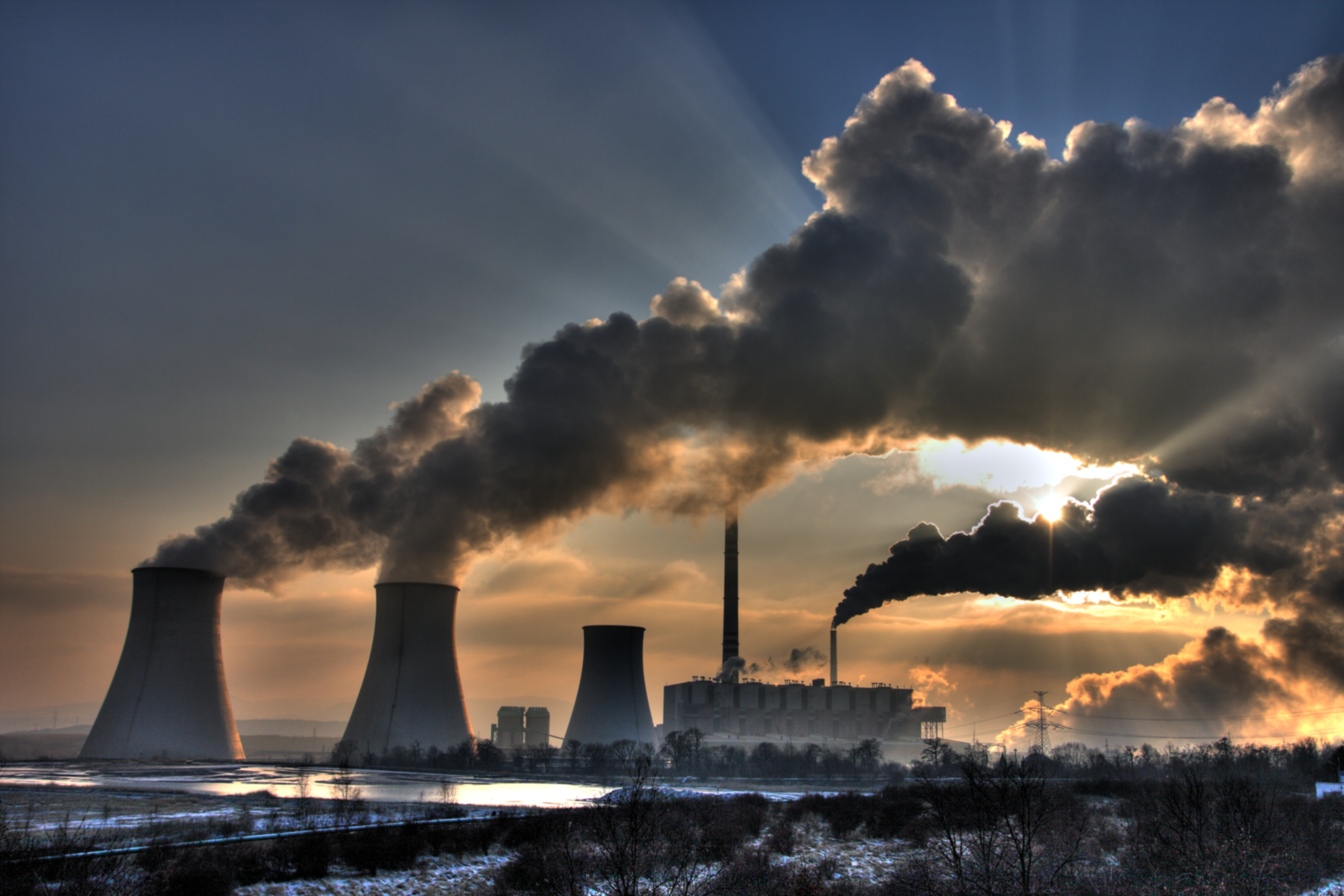The Greenhouse Effect is a natural phenomenon where the earth is warmed by certain gases (Greenhouse Gases) trapping heat.
A greenhouse gas will absorb and emit radiation at similar wavelengths to those emitted by the planet.
The IPCC’s formal definition of a greenhouse gas is: “Gaseous constituents of the atmosphere, both natural and anthropogenic, that absorb and emit radiation at specific wavelengths within the spectrum of radiation emitted by the Earth’s surface, by the atmosphere itself, and by clouds. This property causes the greenhouse effect.”
Without greenhouse gases, we would most certainly freeze; however, with too high a concentration of greenhouse gases, the earth’s temperature rises and climate change is accelerated.
CO2 is primarily generated by the burning of fossil fuels such as coal, oil, and natural gas for energy production, transportation, and industrial processes. Deforestation and land-use changes also contribute to CO2 emissions.
Methane is released during the production and transport of coal, oil, and natural gas. It is also emitted by livestock and other agricultural practices, as well as through the decay of organic waste in landfills.
Emitted from agricultural and industrial activities, as well as the combustion of fossil fuels and solid waste.
Synthetic gases used in various industrial applications, such as refrigeration, air conditioning and electrical insulation. These gases have high global warming potentials and can remain in the atmosphere for a long time.
Greenhouse gas emissions are measured in metric tons of CO2 equivalent (CO2e), which represents the amount of CO2 that would have the same global warming impact as a given quantity of other greenhouse gases.
International efforts, such as the Paris Agreement, aim to reduce greenhouse gas emissions and transition towards a more sustainable and low-carbon economy.
Most carbon credit and carbon tax schemes are denominated in tonnes of CO2e.
When considering the impact on climate change of any given action (e.g. generation of power, flying an aircraft or eating a meal), the most significant factor is that action’s impact on atmospheric CO2e concentration. Almost every action we take has some impact (positive or negative).
Net zero is a carbon accounting concept where one undertakes activities to reduce atmospheric CO2e concentration (e.g. planting a tree) by the exact amount of an action that increases atmospheric CO2e concentration (e.g. using power). These compensating actions are known as offsets. When offsets are equal to emissions, the net impact on atmospheric CO2e concentration is zero and net zero is achieved.
Steps to reaching net zero are usually (and generally in cost order):
Net zero doesn’t mean zero emissions, just that they are balanced by the removal or offsetting of an equivalent amount of emissions.
Net zero is considered an important goal in addressing climate change and mitigating its impacts.
Many countries, businesses, and organisations have set targets for their operations to reach net zero by a specific date.

786 Fuel and our fellow engineering consultants play a crucial role in GHG reduction efforts.
We assess our clients’ existing systems and processes to identify opportunities for energy efficiency improvements, conduct energy audits, recommend equipment upgrades, optimise energy use, and develop strategies to minimise energy consumption in buildings, industrial facilities, and infrastructure projects.
Our fixed price initial Carbon and Energy Reduction Review is a good way to get started.
786 Fuel provides guidance on the design, implementation, and integration of renewable energy systems such as solar, wind, geothermal, biofuels and biomass. We can assess the feasibility of renewable energy projects, conduct site assessments, perform technical studies, and develop engineering solutions. Increasing the share of renewable energy in the energy mix helps reduce GHG emissions associated with fossil fuel-based electricity generation.
We have CCS experts on our team who can support the development and implementation of CCS technologies. They can assess the feasibility of CCS projects, conduct site evaluations for CO2 storage, design and engineer carbon capture systems, and provide expertise in monitoring and verification of stored CO2. CCS can help reduce GHG emissions by capturing and storing CO2 from industrial processes, power plants, or directly from the atmosphere.
Engineering consultants like 786 Fuel can incorporate sustainability principles into infrastructure projects, including transportation systems, water and wastewater treatment plants, buildings, and urban planning. They can employ lifecycle assessments, employ low-carbon materials, optimise resource use, and integrate green infrastructure features to minimize GHG emissions associated with construction, operation, and maintenance.
Engineering consultants like 786 Fuel can assist in designing and implementing waste management strategies that reduce GHG emissions. This can involve optimising waste treatment processes, implementing recycling and composting programs, promoting waste-to-energy systems and supporting the transition to a circular economy by reducing waste generation and maximising material reuse.
786 Fuel helps our clients to measure, report, and manage their GHG emissions. We develop GHG inventories, establish baseline emissions, set reduction targets, and provide guidance on emissions monitoring and reporting. This helps you understand your carbon footprint, identify emissions hotspots, and develop strategies to reduce emissions effectively.
786 Fuel conducts research and development for our own initiatives and on behalf of clients. We advance sustainable technologies, collaborate with policymakers on developing effective regulations and standards, and provide training and education to promote sustainable practices within organisations and industries.